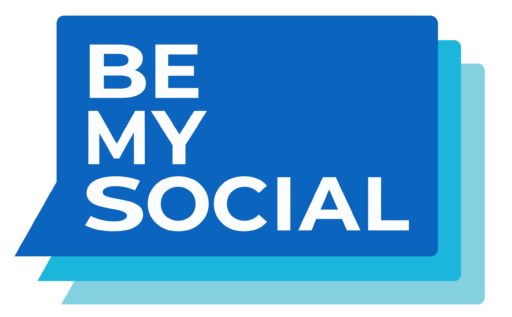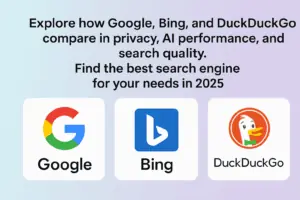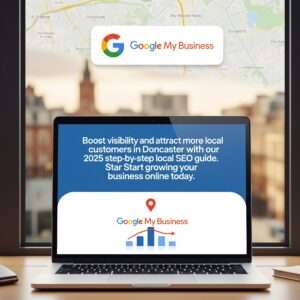Social media optimisation is a must for any business. With thousands of potential customers out there, you need to be doing everything you can to get noticed. Especially when your competitors will be thinking the same.
Follow these steps to make sure your social media presence is as strong as it can be.
Social Media Optimisation Strategy
If you want to successfully optimise your social media profiles, you need to have a social media strategy in place. Think about what you’re trying to achieve; brand awareness, getting conversions, increasing brand exposure, you need a clear goal or vision to aim for.
You should focus on what platforms you should be using to achieve these objectives. Research which ones your target audience is most likely to engage with you on to get the best results.
Social Keywords
From Twitter to Facebook, Instagram to Linkedin, all major social media platforms have their in-built search engines. There’ll be an algorithm in place that brings up the most relevant results based on what people search.
This means keyword research is just as important on social media as it is on Google. You need to find what your audience is talking about, and what hashtags they’re using to send them to your page.
Your Social Media Bio is important
Your biography is a good place to place keywords that are relevant to your business. Treat it like a meta description. An informative explanation of your business, straight to the point and giving visitors the information that they’re searching for.
Make sure to include a trackable link back to your website, as well as your location and address. With a business account, this is important, especially on Facebook. This is because there’s a lot more information you can provide. Adding things like business hours, frequently asked questions, and a call-to-action button will all improve the user experience on your pages.
Branding is everything online
Make sure you have professional, consistent branding across your pages. This will help improve your online presence, as people will be able to instantly recognise you on individual social media channels.
You can immediately improve your social accounts by ensuring your profile photo is a high-quality photo of your logo. A headshot is okay if you’re freelance.
Upload a cover photo that complements your profile picture and fits with your brand guidelines. Make sure you have a similar style across every platform. You can find the correct dimensions and sizes with a quick Google Search.
Images and Videos – do you know what you need?
Share your content through images or video whenever possible. Studies have shown you’ll be more likely to get a positive response when using them against text-based posts.
Make sure to use high-quality images or videos, and ensure that are correctly sized. There’s nothing worse than graphics that are stretched out and pixelated. They’ll ruin any hopes of engagement and diminish your professional look. If you need stock photos, there are several websites out there that you can use providing you give attribution.
Don’t forget your Hashtags
Hashtags are used across platforms as a way for people to find and discuss individual topics. As a business, you can use them to your advantage and reach a wider audience than just your followers. Research which hashtags relate to your business, either by searching or by viewing competitors and leading brands in your field.
Try not to overuse them on certain platforms, as your posts will come across as quite spammy and people will start to gain a negative view of your brand. For Twitter, Facebook and Linkedin, it’s recommended to use between 1 to 5 per post. On Instagram, you should be aiming to use the full 30 that you’re allowed.
Social Insights
Your social media plan shouldn’t stay the same. There will always be ways you can improve and adapt your current strategy and output to best suit your goals.
You can see how successful your current social media campaign is by using the inbuilt analytics report on Twitter, Facebook and Instagram. You’ll get access to a wide range of data that you can use to try and produce optimal social media content. This includes the best times to engage with your audience, most commented posts and follower growth.
Conclusion
We hope that you’ve found this article informative. Integrating SMO (social media optimisation) into your marketing efforts can be rewarding when done well.
If you’re looking to supplement your marketing efforts with effective social media optimisation, get in touch with us today at Be My Social to see how we can help! Our team of experts are sure to provide you with the services and experience you need.










